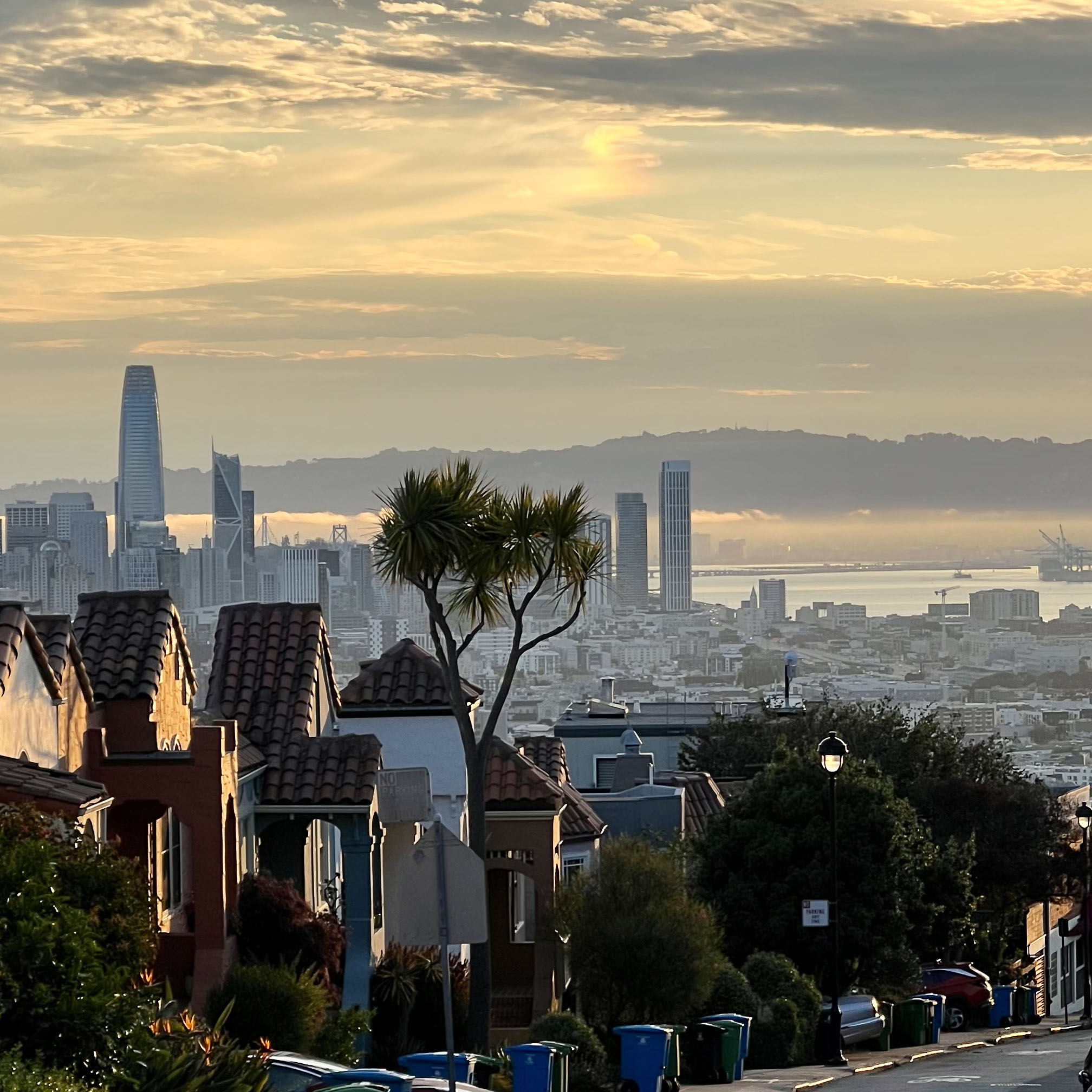
Centrally located, north of Hayes Valley and south of Lower Pacific Heights between the Van Ness and Divisadero corridors. Home to mid-rise buildings mixed with relocated Victorians and a smattering of a little bit of everything else.
Western Addition Neighborhood Vibe
The western addition has a long and storied role in the history, development, and redevelopment of San Francisco. In the 1960s, Pacific Heights was still a part of the MLS sub-district. Over the years, as the neighborhoods to north and south have become notably more expensive, the geographic MLS boundaries of this neighborhood have gotten smaller. The neighborhood was one of the first “redevelopment” projects in San Francisco, and the lessons learned from early HUD developments and thinking about urban redevelopment still affect the neighborhood.
Popular Western Addition Home Styles
You won’t find skyscrapers in the neighborhood, with 4 – 5 stories being about the tallest anything rises. On the southeast side of the neighborhood, you’ll find 1970s developments built with HUD funds, while the northwest corner is home to Victorians that were relocated when Japantown was developed. While you will find some single-family homes throughout the neighborhood, it’s mostly a neighborhood of multi-unit buildings and condos in smaller to medium sized associations.
Getting Around in Western Addition
Divisadero bus lines serve the western side of the neighborhood, while the southwest side is a several-block walk to Market Street transit options. Centrally located and very walkable.

With 20+ years in the industry and over $400M in sales, we live and breathe San Francisco real estate from Visitacion Valley to The Marina and from Victorians to modern condos. Always fascinated by the people, history, and evolution of our city.

We are counselors and advisers, not salespeople. If you want a deal done, we’ll get a deal done. If you want to push pause, we’ll pause. Your search might last five years and 36 neighborhoods, or one hour and one address. Decades of experience prove we aren’t in this for the quick deal, but the lasting relationship. How about you?

We know how to prepare and position your home for top dollar when selling and how to negotiate your best price as a buyer regardless of market dynamics. We work with the right people at the right time, tapping our powerful network of lenders, contractors, artisans, and vendors.
We’re proud of the recognition we’ve earned for excellence in San Francisco real estate representation.
Our broker, Matt Fuller, is a recognized thought leader, white paper author, and media consultant for the real estate industry. He has served as the President of the San Francisco Association of Realtors and the Director of the California Association of Realtors.
We are members of the Top Agent Network, San Francisco’s premier community for the top ten percent of local real estate agents.
We’ve received numerous industry certifications including Certified International Property Specialist (CIPS), Graduate of REALTOR Institute (GRI), and National Association of REALTOR (NAR) Fair Housing.
San Francisco is a city of neighborhoods, each with nuances and a distinct character that make a difference when choosing a home.
We love, live, and work here, and are experts in the details of each of the ninety neighborhoods San Francisco has to offer.
Wherever you are in the home buying or selling journey, we have insights to share. Get in touch with us today.